Latest News
Drug dealers to be arrested without exceptions
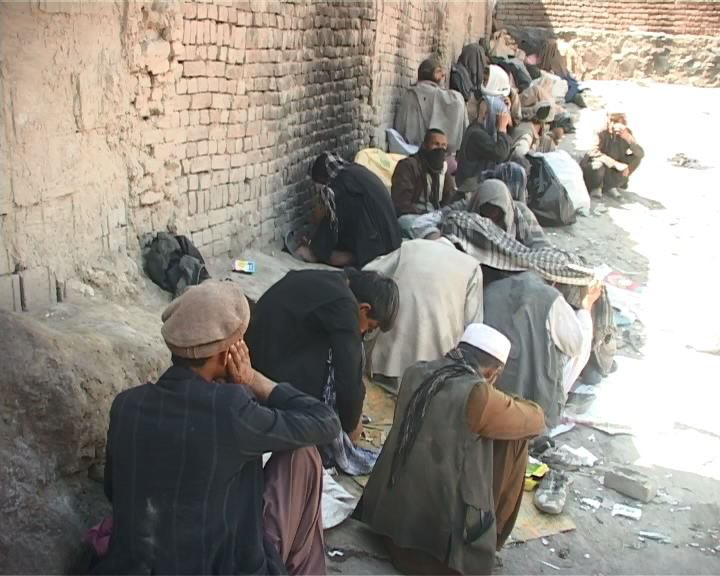
After publishing an investigative report about the market of drugs in the capital of Afghanistan, the deputy minister of counter narcotics has received a decree from President Ghani to arrest the drug distributers.
The deputy minister says that the process of arresting drug dealers all across the country started last week and will continue.
The counter narcotic debate is a reminder of how unwieldy the alliance’s military operations can be. United Nations figures show that Afghan insurgents reap at least $100 million a year from the drug trade, although some estimates put the figure at five times as much.
For the Taliban, taxes on poppy farmers and opium dealers helped to finance the movement’s rogue state. For Al Qaeda terrorists, the officials warned, the opium trade might also be a way to move money or fund attacks. At the least, Afghanistan’s mix of political radicalism and diplomatic isolation had made for a drug threat that appeared to be well beyond America’s reach.
But more important than the Taliban’s sincerity may have been the fact that drug production could be regulated at all. With little more than Mullah Omar’s decree, poppy cultivation stopped virtually overnight with surprisingly few reports of repression against the farmers. Had such a thing happened almost anywhere else in the world, it would probably have been hailed as one of the greatest achievements in the history of drug enforcement.
The problem that Afghanistan posed under the Taliban was not an isolated one. Over the last decade or so, as anti-drug campaigns have advanced in relatively coherent states like Pakistan, Iran, Thailand and Bolivia, more of the world’s drug supply has begun to come from so-called rogue states, or from regions that government authority simply doesn’t reach.
After Afghanistan, the world’s biggest opium producer these days is Burma. Most of the world’s supply of coca, the raw material for cocaine, comes from regions of Colombia dominated by leftist rebels and right-wing paramilitary forces.
The Taliban’s concentration on their drug interests begins each year during the fall planting season. At that time, commanders often provide seeds, fertilizers, and advance payments and are always ready with promises of protection.
“In most districts, the Taliban are encouraging villagers to plant as many poppy seeds as possible and are assuring the farmers that the insurgency will shield their cultivation from government eradication efforts,” Abdali explains.
(Despite a big push, government eradication efforts have been largely ineffective, with just 6 percent of the some 380,000 acres of poppies planted last year having been destroyed, according to the UNODC.)
To tackle the problem of narcotics, the Afghan government and its international partners have initiated tough measures in recent years.
“Earlier the drug dealers would get away for carrying 5 gram opium, but now strict action is taken against those arrested,” says Mohammad Zahid, who has taken part in many anti-narcotic campaigns.
While Afghanistan continues to be the largest producer of drugs in the world, it was not the largest consumer until recently. Now, one million out of a population of 35 million are addicted to drugs, according to Ministry of Counter Narcotics (MoCN).

Latest News
200 booths at Kabul expo showcase women’s products

In the national and international expo of Industry Week, which opened in Kabul on Sunday, 200 booths are dedicated to women’s products.
The seven-day expo in Chaman Huzuri area has 800 booths in total.
Women have also put their products, handicrafts and paintings on display.
“This exhibition is very good,” said Mahnaz, a participant of the expo. “People encourage us a lot which makes us proud. But so far, we could not sell because the people’s economy has become very weak.”
Like Mahnaz, there are many women who play their role in the economic growth of individuals and the country, and through commercial activities, they want to convey the message that Afghan women have the capabilities in various sectors, especially business, although they do not seem satisfied enough with their sales.
“They (authorities) should provide us with the ground for growth; allow us to grow in different fields; Afghanistan has many talents in every field,” said Noreen, a participant of the expo.
The visitors also emphasize on supporting women in business and on the use of women’s products.
“This exhibition has a very positive effect on Afghan girls. They can showcase their products and promote their businesses,” said Zakira, a visitor.
Organizers say that women have showcased mostly handicrafts, hand-made dresses, food and non-food items.
According to the statistics of the Afghanistan International Expo Center, in the past year, nearly 10 joint expos of Afghan products with countries such as Qatar, Oman, Iran, Turkey, Kazakhstan, and Turkmenistan were held in Kabul.
Latest News
Qatar’s aid packages for flood victims arrive in Afghanistan
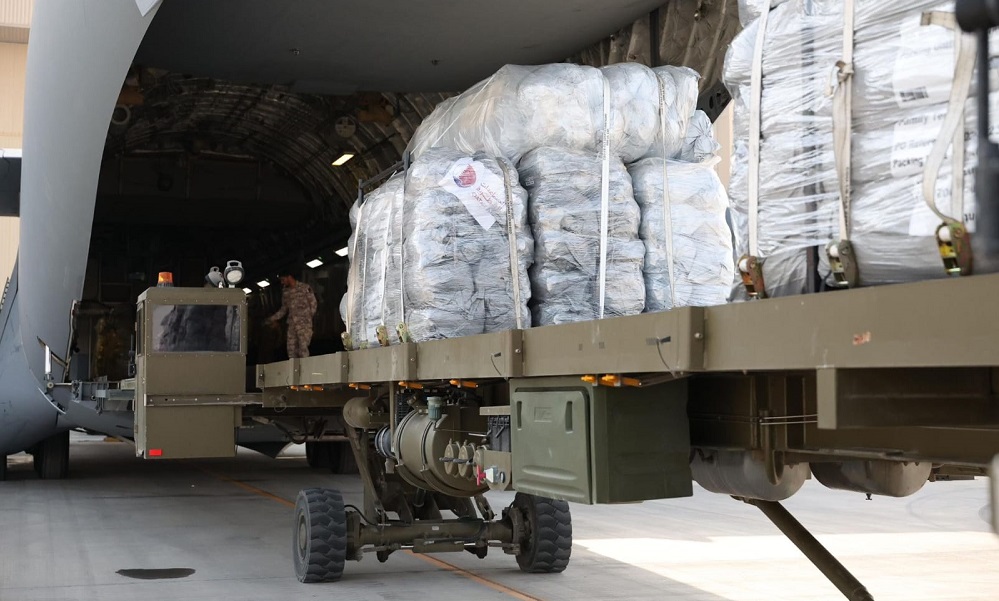
Qatar’s aid packages for the flood victims of Baghlan province arrived at Mazar-e-Sharif airport and were handed over to the officials of the Islamic Emirate.
The 22-ton aid includes tents, food, medicines and household items.
Qatari officials said at the airport that four more aid shipments will also be dispatched for flood victims.
Meanwhile, the officials of the Islamic Emirate expressed their gratitude for Qatar’s aid and said that they need more international aid considering the extent of casualties and damages.
Although international organizations are working help flood victims of Baghlan, this is the first aid package from a foreign country that has been sent for the victims of the disaster.
Search operation continues
With four days passed since the deadly and devastating floods, some residents of Borka district of Baghlan province have not been able to find the bodies of their loved ones.
Samiullah, one of the flood victims in Baghlan province, says: “We are busy pulling out the martyrs from under the rubble. We have been pulling out martyrs for almost three days. Some martyrs are still missing.”
Residents of Floul area of Borka district have painful stories about the floods and the loss of their loved ones and their homes.
Jamil, one of the victims, says: “The flooding struck suddenly. Here was a village. All its residents were killed.”
Sheikh Jalal area in Baghlan-i-Markazi district is another area where floods have caused the most greater human and material losses. In this area, about 50 bodies were buried in a cemetery.
“Various institutions of the Islamic Emirate have provided the basic necessities of life. Health teams have arrived. Food is provided for the displaced people,” said Alam Majidi, the spokesman of Baghlan governor.
Based on official figures, more than 300 people have died as a result of floods in Baghlan province and over 1,600 others have been injured.
Latest News
US partners in Afghanistan mobilizing emergency aid for flood victims: Thomas West
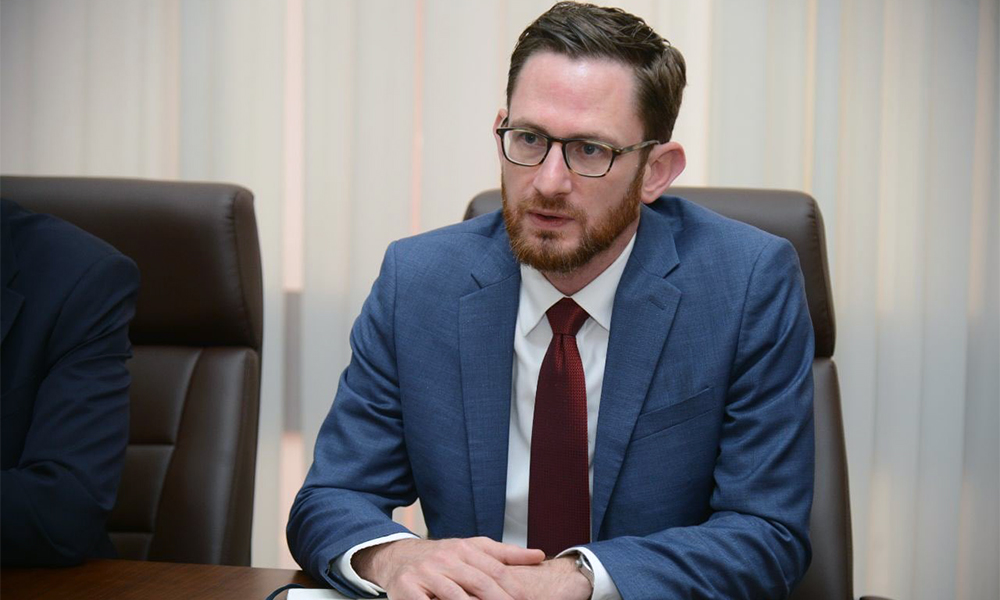
Thomas West, the US special representative for Afghanistan, said Monday the United States is deeply saddened by the devastating floods in different parts of the country and that its partners in the country are mobilizing emergency aid, including food and water.
Karen Decker, the US Embassy’s charge d’affaires for Afghanistan, also posted a message on X and said the US is heartbroken by loss of life in Baghlan and elsewhere in Afghanistan after heavy rains and flash floods.
“The United States joins others in mobilizing emergency relief, food, and medical supplies through partners to support recovery efforts,” Decker said.
The occurrence of devastating floods in several provinces of the country, especially in Baghlan, has caused casualties and huge financial losses to local residents.
Based on the latest statistics, more than 300 people have died in two districts of Baghlan.
A large number of aid organizations, including the European Union’s Office for Civil Protection and Humanitarian Aid, OCHA, the International Organization for Migration and the World Health Organization, are providing assistance to the flood victims.
-
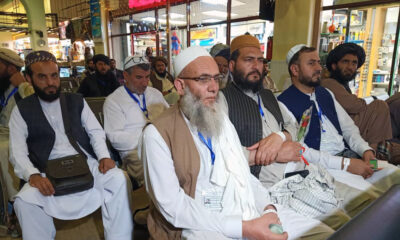
 Latest News5 days ago
Latest News5 days agoThe first flight of Afghan pilgrims leaves for Saudi Arabia
-
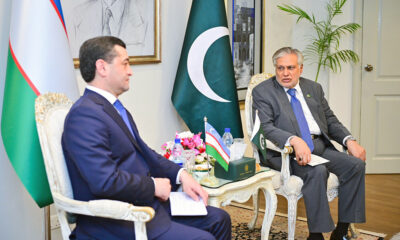
 Business5 days ago
Business5 days agoPakistan, Uzbekistan reaffirm commitment over rail project
-
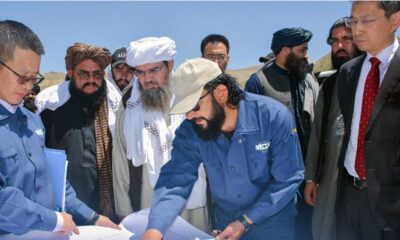
 Latest News5 days ago
Latest News5 days agoMinister of Mines and Petroleum visits Mes Aynak copper mine
-

 World5 days ago
World5 days agoBiden says US will withhold weapons from Israel if it invades Rafah
-

 Sport5 days ago
Sport5 days agoAbu Muslim and Adalat Farah draw 0-0 while Maiwand beat Jawanan Wahedi 2-0 in ACL
-
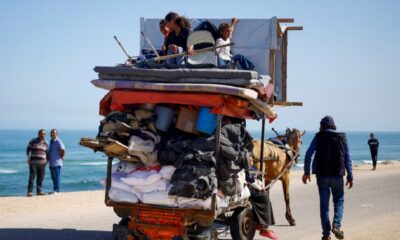
 World4 days ago
World4 days agoIsrael strikes eastern Rafah as ceasefire talks end with no deal
-

 Science & Technology3 days ago
Science & Technology3 days agoTikTok to label AI-generated content from OpenAI and elsewhere
-
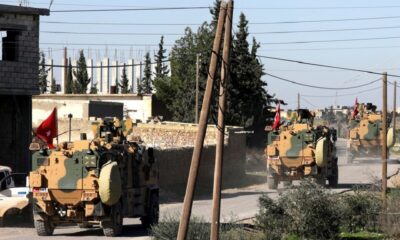
 Regional4 days ago
Regional4 days agoTurkey says it killed 17 Kurdish militants in northern Iraq, Syria

![DRUG - 02-06-2015-DARI-SOT.avi_snapshot_00.25_[2015.06.02_20.16.49]](http://ariananews.af/wp-content/uploads/2015/06/DRUG-02-06-2015-DARI-SOT.avi_snapshot_00.25_2015.06.02_20.16.49-300x240.jpg)













